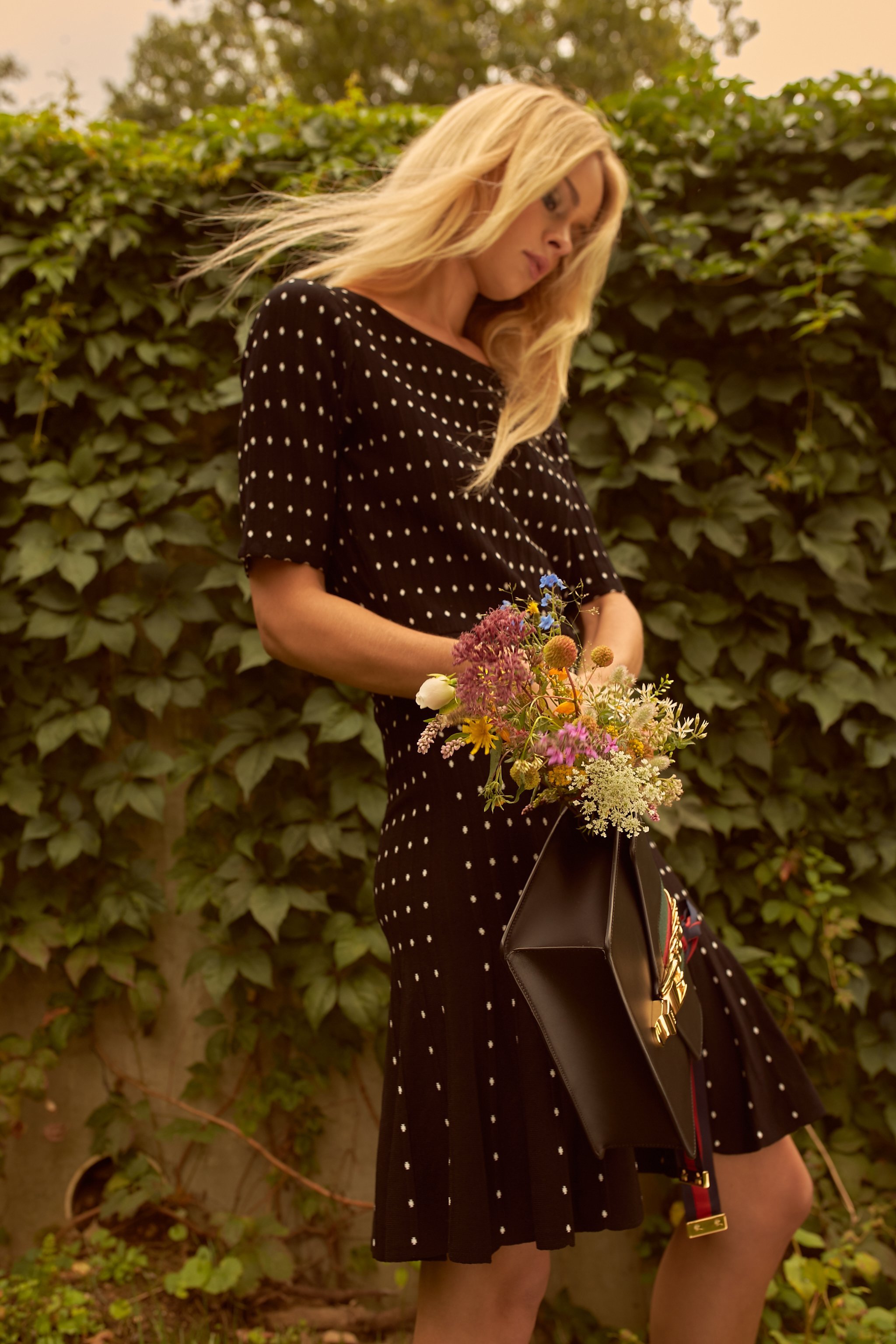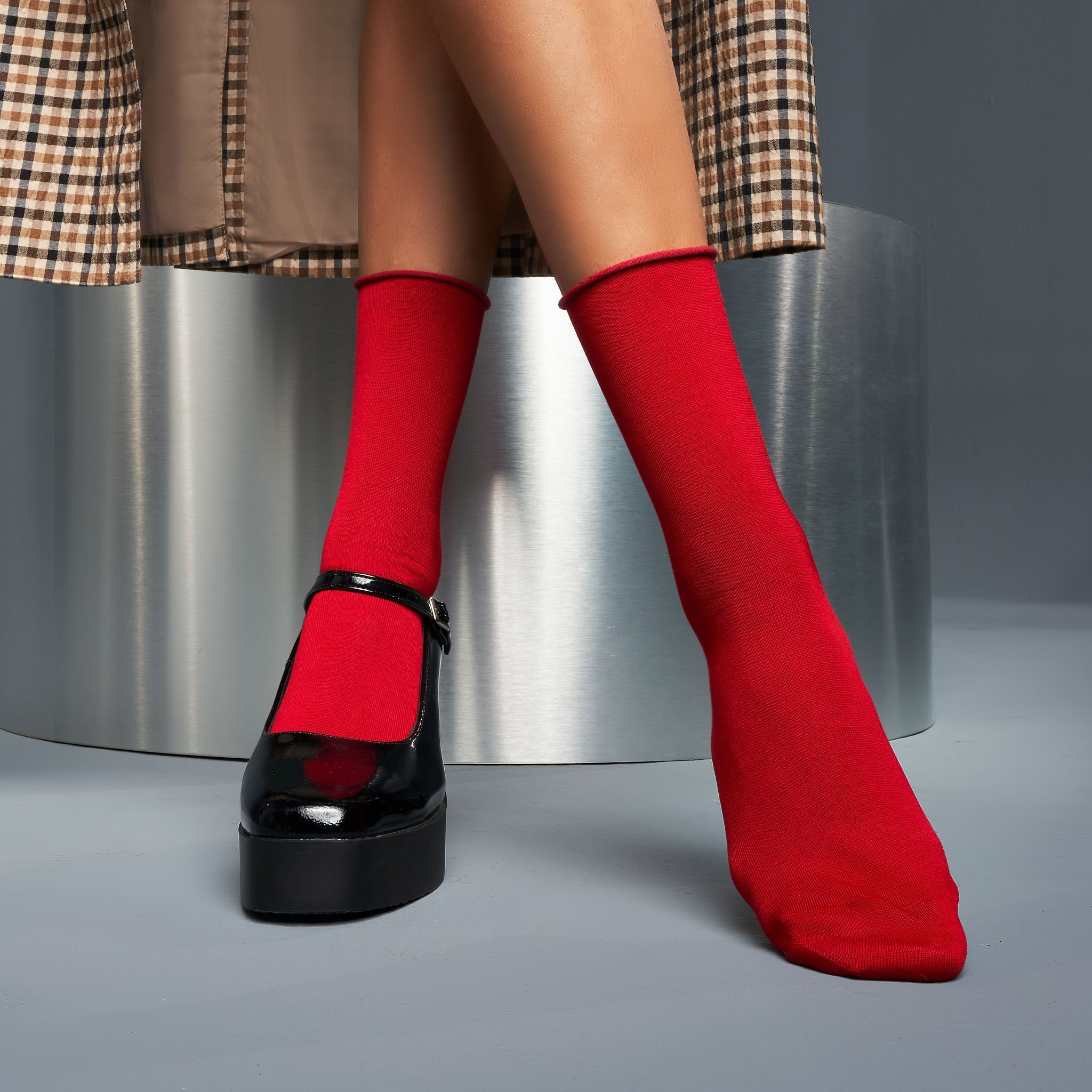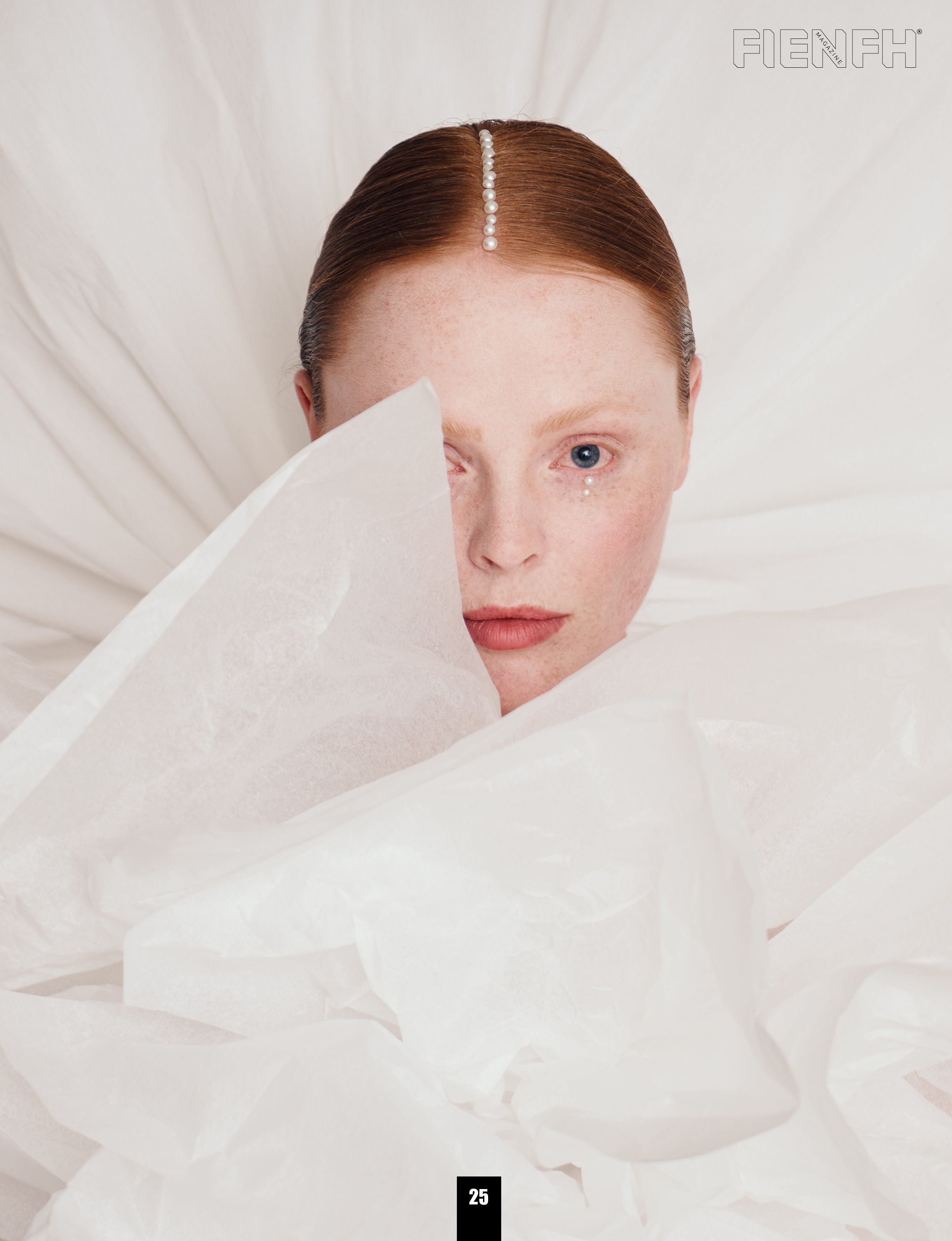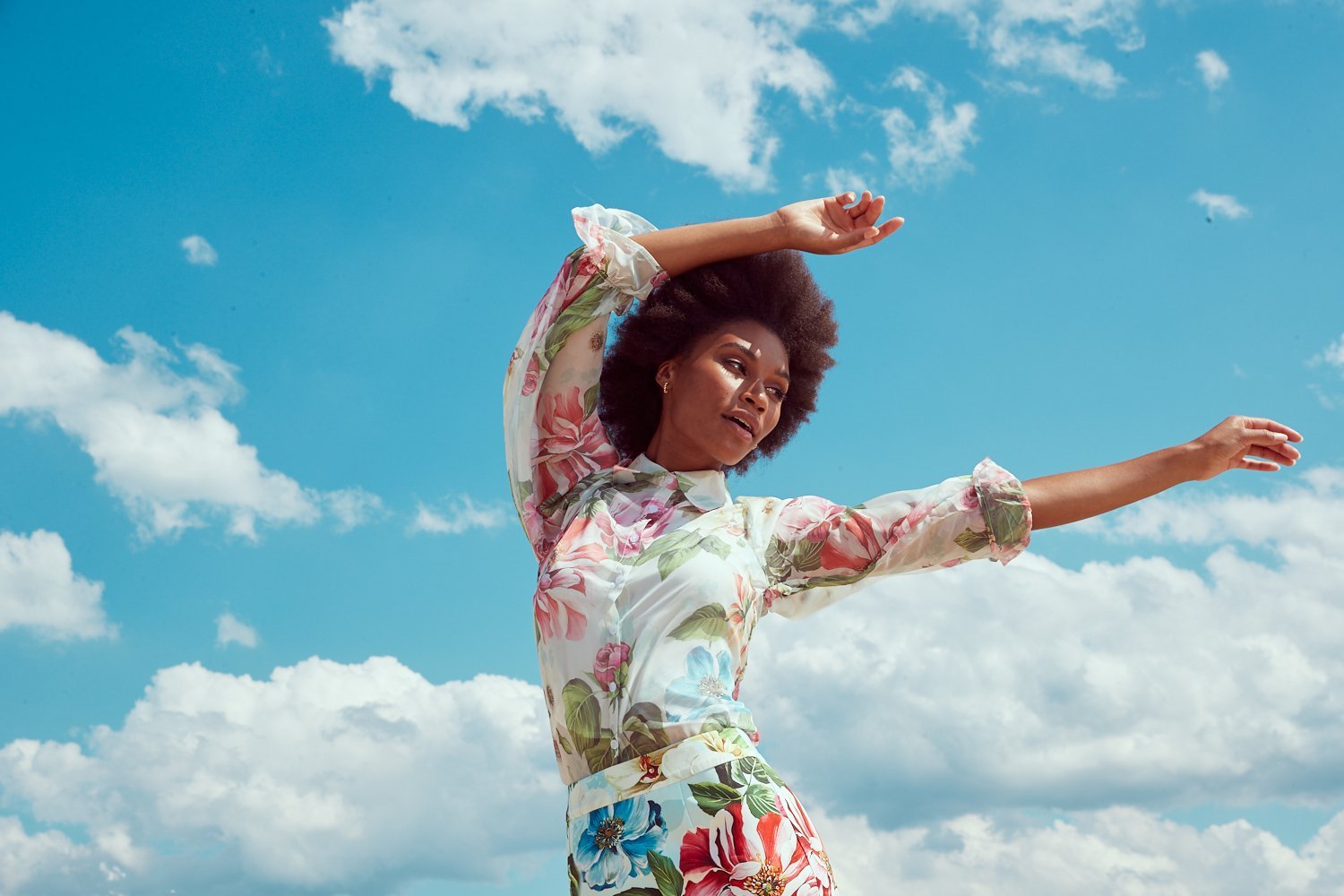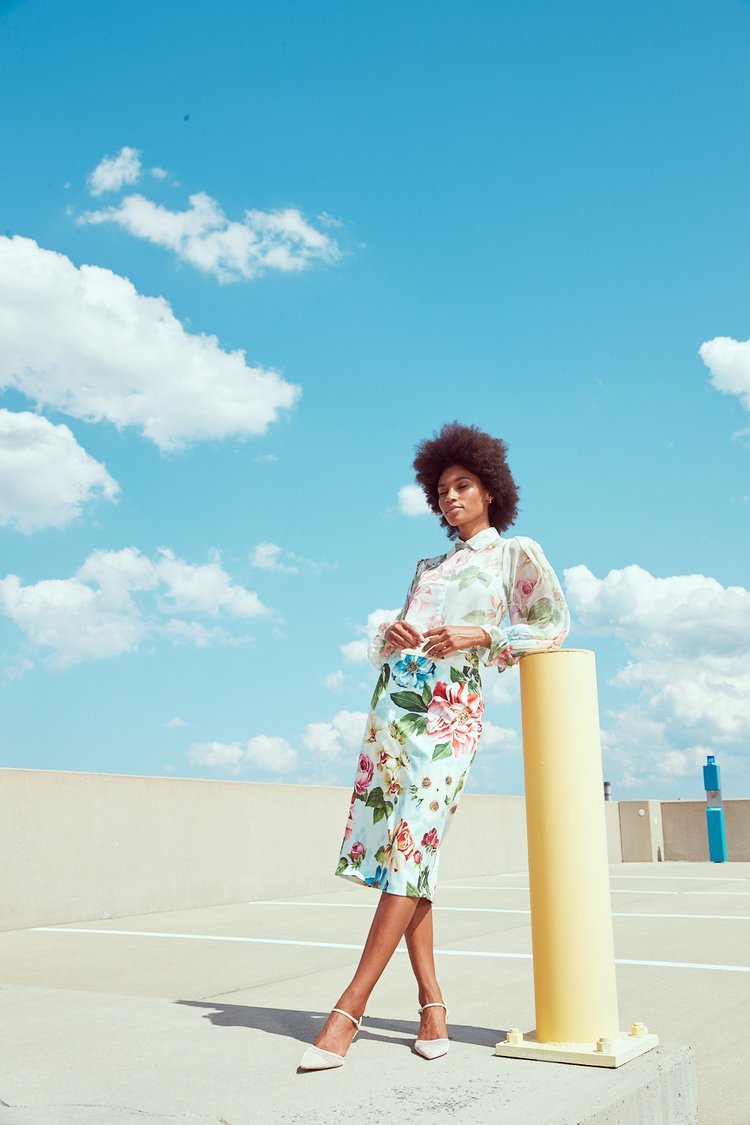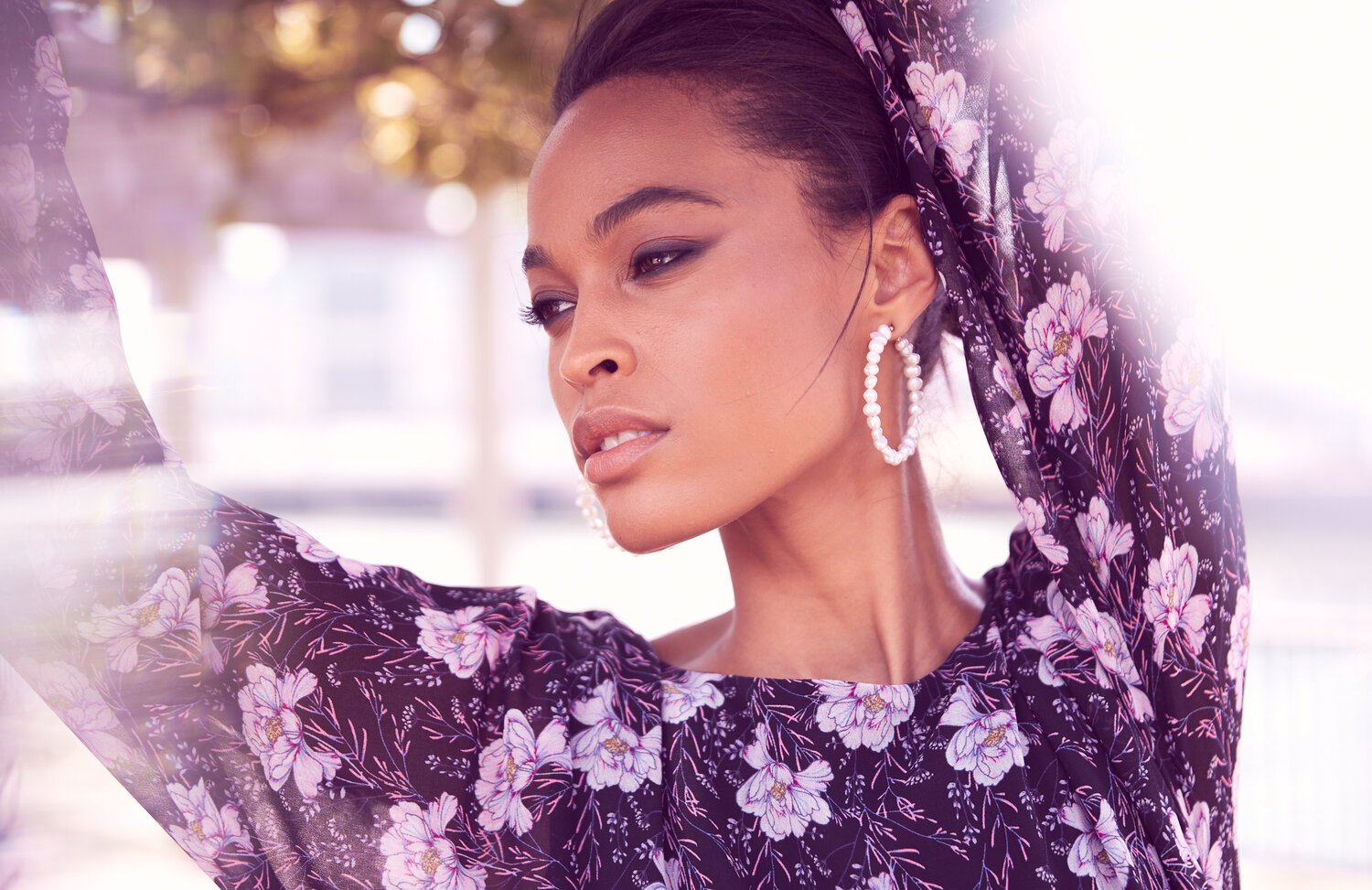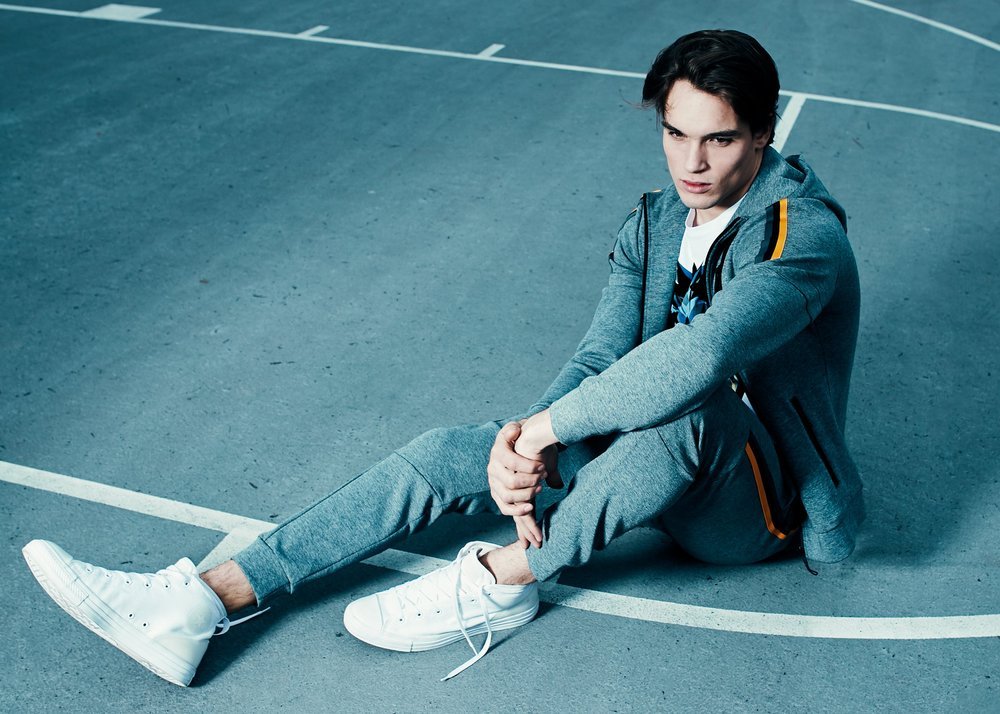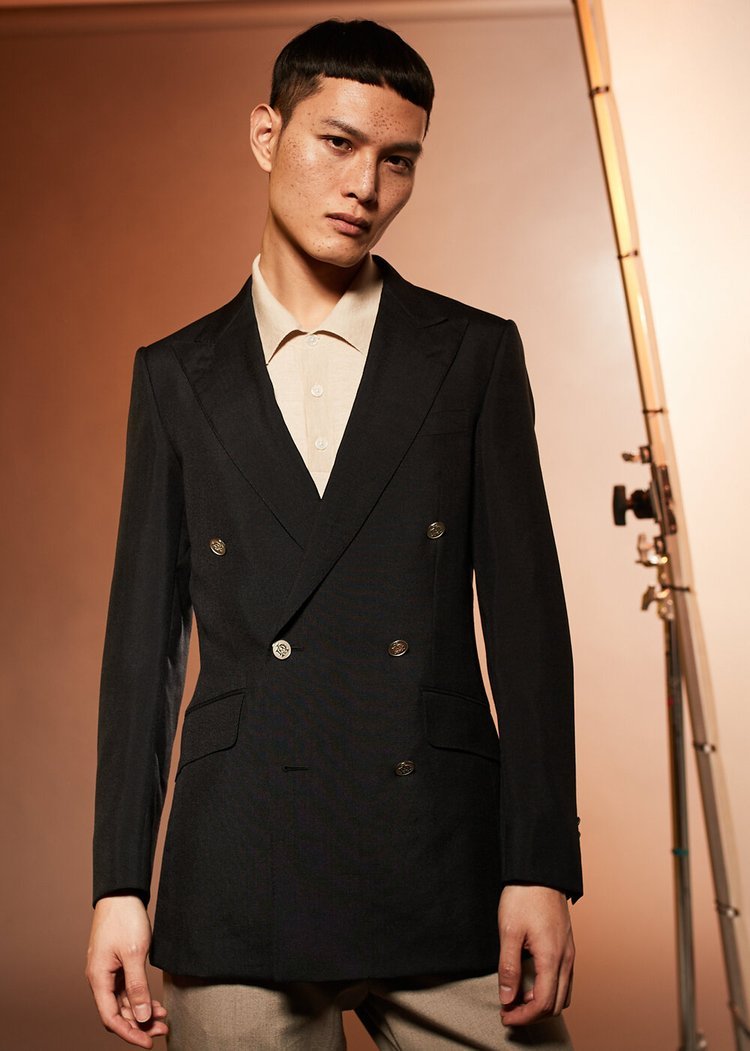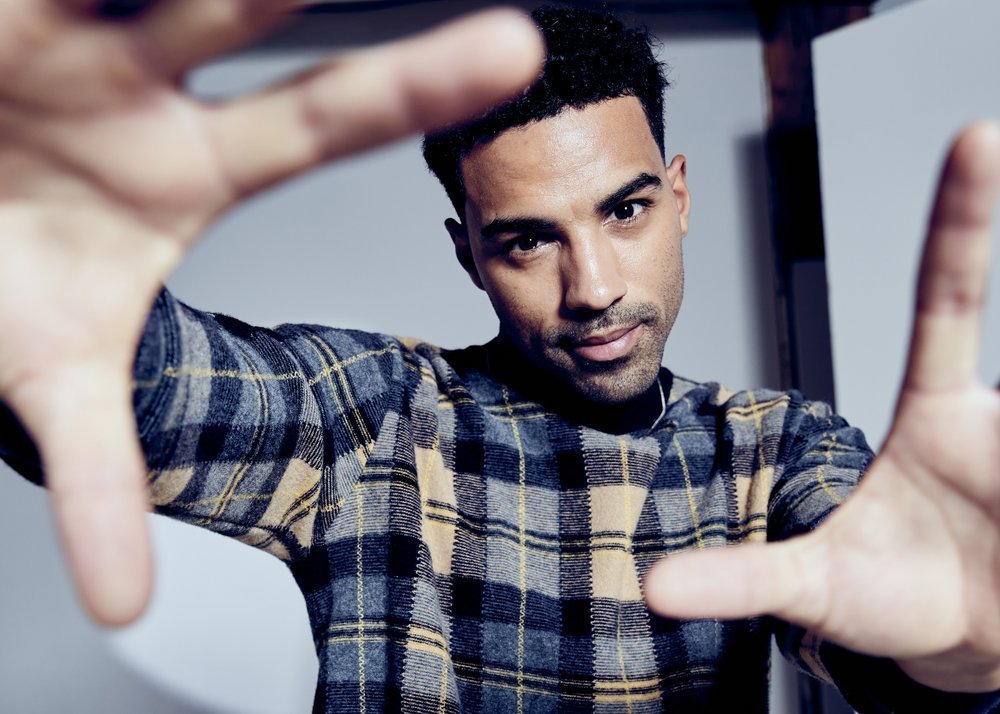Lighting is an essential element in fashion photography (did you know “photography” means “writing with light”?). Lighting is at the heart of every great photograph, shaping not only the image's visibility but also its mood and storytelling power. In the world of fashion photography, mastering the art of lighting is essential. This blog post explores the fundamental distinctions between hard and soft lighting, high-key and low-key techniques, and the use of available light versus studio strobes or continuous lighting. Whether you're looking to craft a moody narrative or create a vibrant and upbeat fashion story, understanding these lighting choices can transform your photography and elevate your visual storytelling. Light has the power to shape the mood and tone of an image. Understanding the different types of lighting will help create the desired effect for their fashion shoots.
HARD V. SOFT
Perhaps the most important decision you’ll make when shooting is if you want hard or soft light. They create exceptionally different moods. Check out the examples here: both images were shot in the same studio and the models are in similar poses. But they have a very different feel. This is due to the lighting choices our team made. The image in the lingerie was shot intentionally with soft light to give a romantic feel to the image, whereas for the model in the dress, we wanted it to feel editorial so we chose a hard lighting setup.
Soft Light:
Soft light is diffused and creates a gentle, flattering effect on the subject. It is achieved by using a large light source such as a softbox, umbrella or diffuser, which scatters the light, minimizing shadows and producing a soft, even glow. Soft light is often used for portrait or beauty shots, as it flatters the subject's features and smooths out imperfections. It can also create a romantic or dreamy mood, perfect for fashion shoots that require a softer aesthetic.
Hard Light:
Hard light is characterized by strong, direct light that creates distinct shadows and harsh contrasts. It is often used to create a dramatic, edgy mood in fashion photography, emphasizing the model's features and adding depth and texture to the image. Hard light is often created by using a smaller light source such as a beauty dish or a bare bulb, which produces a concentrated beam of light. It is commonly used in outdoor shoots or to create a high-contrast look for fashion editorials.
Hard light shot in studio.
Soft light shot in studio.
High key mens fashion shot in studio
Low key mens fashion shot in studio
HIGH KEY V. LOW KEY
High-key and low-key lighting are contrasting studio techniques that significantly impact the mood and aesthetics of your visuals. The choice between these lighting styles allows photographers to convey varying emotions and aesthetics, shaping the visual narrative of their fashion compositions.
High Key
High-key lighting involves flooding the scene with soft, even illumination, resulting in a bright and low-contrast aesthetic that captures a clean, youthful, and upbeat mood, often seen in commercial or beauty shoots. High-key lighting minimizes contrast, resulting in well-lit subjects with soft shadows, suitable for conveying positivity and openness. For high-key lighting, use large soft light sources positioned at an angle to create soft shadows and maintain dimension.
Low Key
Low-key lighting relies on dramatic shadows create a moody and mysterious atmosphere, accentuating textures, contours, and depth, frequently employed in edgier fashion editorials or portraits. Low-key lighting emphasizing shadows and minimal whites and midtones, making it ideal for dramatic and narrative content.
AVAILABLE V STROBES/CONTINUOUS
The choice between available light and studio strobes in photography can significantly influence the final outcome of your images. Available light, often natural sunlight or ambient lighting, can provide a unique, organic quality to your photos, creating a sense of authenticity and atmosphere. It's particularly well-suited for candid or environmental portraits, capturing genuine moments. On the other hand, studio strobes offer precise control over lighting conditions. They allow photographers to shape and manipulate light, achieving consistent and controlled results in any environment. Studio strobes are ideal for commercial and studio-based photography, where precision, repeatability, and creative control are paramount. The decision between the two depends on the desired mood, style, and context of your photography, with each approach offering its own set of advantages and artistic possibilities.
Available Light (also known as Natural Light):
Available light refers to the use of sunlight, either indoors or outdoors, to illuminate the subject. It is a popular choice for fashion photography, as it can create a range of moods depending on the time of day, the weather and the location. Natural light can be soft and diffused, perfect for creating a romantic or dreamy look, or it can be harsh and direct, creating a bold, energetic mood. It is often used in outdoor shoots, as it can add an element of natural beauty to the image. Available light can also mean any light that is affecting the space where you are shooting. For example, if you are indoors and there are any types of lights on that cast light on your model.
Artificial Light (Strobes or Continuous Lighting):
Artificial light refers to any form of light that is not natural, such as studio lighting or flash photography. It can be used to create a range of moods, from soft and diffused to hard and dramatic. Artificial light can be manipulated to achieve specific effects, such as colored gels, which can add a creative touch to the image. It is often used in studio shoots, where the photographer has more control over the lighting setup.
This image was shot outdoors using just the overcast sky as our light source
This image was shot in studio using strobe lights.
Can you combine them all?
Ab-so-freakin-lutely. Available light (like the sun) can be both soft and hard. An overcast day gives you soft lighting and a bright sunny day will create hard light with harsh shadows. Strobe light can be manipulated to be both soft and hard. The best way to lean is by doing, so play around and create endless possibilities!
If you have questions or want to work with me, please don’t hesitate to reach out.





